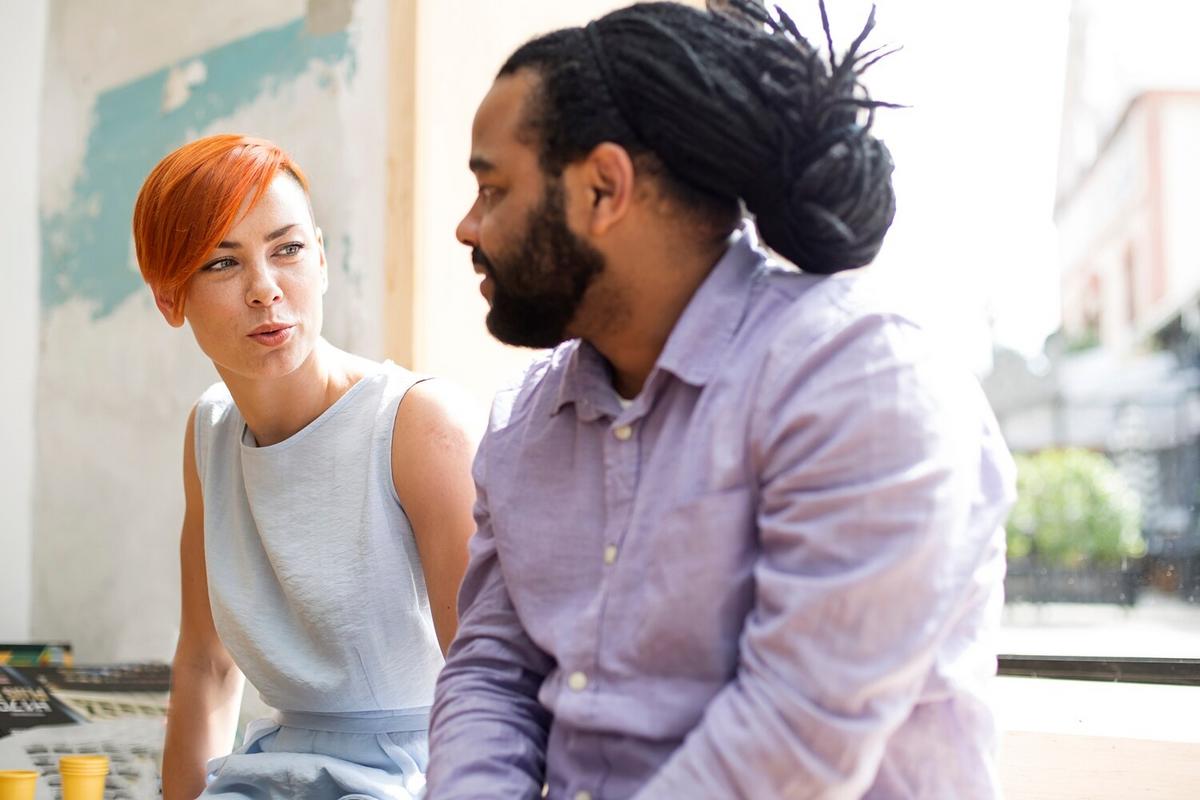Understanding the intricate dance of power dynamics in relationships is crucial to fostering equality and harmony between partners.
In the realm of love, power dynamics play a pivotal role in shaping the interactions and balance within a relationship. These dynamics often determine how decisions are made, how conflicts are resolved, and how partners perceive each other’s roles. To better understand these dynamics, let’s delve into the nature of power in relationships and how equality can be achieved.
The Nature of Power Dynamics
Power in relationships is not just about control or dominance; it’s about influence, respect, and mutual decision-making. According to Dr. John Gottman, a well-regarded psychologist known for his work on marital stability, couples who share power are more likely to have a successful relationship. He emphasizes that “the happiest relationships are those where power is equally shared.”
Statistics on Relationship Equality
Research indicates that couples who report a balanced power dynamic are 25% more satisfied with their relationships compared to those where one partner holds more control. This data suggests that equality is not just a moral ideal but also a practical approach to sustaining a healthy partnership.
Personal Experiences
Consider the story of Olivia and Marcus, who found that mutual respect and shared responsibilities transformed their relationship. Initially, Marcus made most of the financial decisions, which led to tension. By openly discussing their finances and making joint decisions, they fostered a more balanced relationship.
Fostering Equality in Relationships
- Communicate Openly: Discuss expectations and roles regularly to ensure both partners feel heard and respected.
- Share Responsibilities: Divide tasks equitably, considering each partner’s strengths and preferences.
- Make Decisions Together: Collaborate on major life choices to ensure both partners’ voices are valued.
- Embrace Flexibility: Be willing to adapt roles and responsibilities as circumstances change.
Comparison Table: Traditional vs. Egalitarian Relationships
| Aspect | Traditional | Egalitarian |
|---|---|---|
| Decision-Making | One-sided | Shared |
| Responsibilities | Defined roles | Flexible roles |
| Communication | Hierarchical | Collaborative |
| Conflict Resolution | Dominance-based | Negotiation-based |
| Emotional Support | Limited | Mutual |
| Financial Management | Centralized | Joint |
| Career Goals | One partner prioritized | Both partners supported |
| Life Satisfaction | Variable | Higher |
FAQs on Power Dynamics in Relationships
What are power dynamics?
Power dynamics refer to how power is distributed and exercised within a relationship, influencing decision-making and interactions.
How can I identify power imbalances?
Look for signs of one partner consistently making decisions or dominating conversations. Open dialogue can help address these imbalances.
Why is equality important in relationships?
Equality fosters mutual respect, satisfaction, and a stronger emotional connection between partners.
In summary, understanding and addressing power dynamics is essential for nurturing equality in relationships. By fostering open communication, sharing responsibilities, and embracing flexibility, couples can create a partnership that thrives on mutual respect and collaboration. For further reading, explore resources like The Gottman Institute for more insights into relationship dynamics and equality.




Leave a Reply